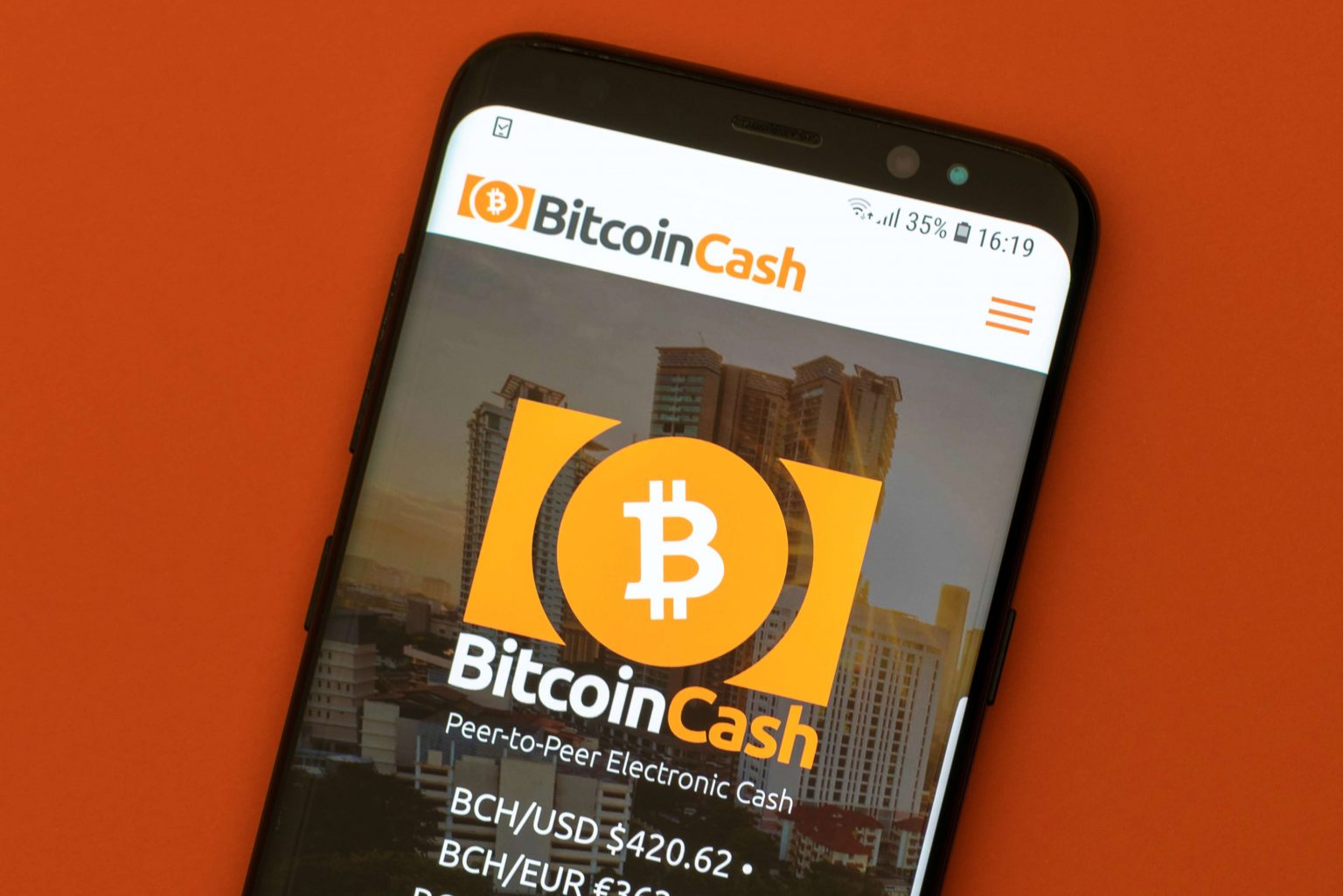
Writers and editors and produce editorial content with the objective to provide accurate and unbiased information. A separate team is responsible for placing paid links and advertisements, creating a firewall between our affiliate partners and our editorial team. Our editorial team does not receive direct compensation from advertisers.
Crypto.com Unveils Global Retail Services from Dubai Hub
These are quite convenient as they allow you to send and receive cryptocurrencies using QR codes. Cryptocurrency exchanges have started offering custodial key storage for their users. Wallet safety is essential, as cryptocurrencies are high-value targets for hackers. Some safeguards include encrypting the wallet with a strong password, using two-factor authentication for exchanges, and storing any large amounts you have offline. Some new hardware wallets come with the ability to connect to your device through Bluetooth. Use these with caution because Bluetooth is a wireless signal that can be accessed by unwanted parties when it is turned on.
Our picks for the best Bitcoin and other crypto wallets for price, features, security and more.

In many scenarios, cold wallets offer superior security compared to hot wallets, as private keys and other sensitive information is stored offline. However, cold wallets can be misplaced due to user error, stolen, or damaged beyond repair. In hot wallets, private keys are stored and encrypted on the app itself, which is kept online. Using a hot wallet can be risky since computer networks have hidden vulnerabilities that can be targeted by hackers or malware programmes to break into the system. Technically, you don’t have to set up a software wallet or put your coins in cold storage to buy and use cryptocurrency.
- Any of the wallet types described above — hot wallets, cold wallets, hardware wallets, etc. — have multisig versions.
- Everything about the Trezor Model T, from its hardware specifications to the software that powers it, is released under an open source license, which is a definite plus.
- There’s a popular expression in the crypto world, “Not your keys, not your coins.” If you don’t control your keys, you don’t have full access to your crypto assets.
- Technically, you don’t have to set up a software wallet or put your coins in cold storage to buy and use cryptocurrency.
- If it does not, then you can never be sure that your private keys are safe.
How To Set Up a Crypto Wallet
One of the few downsides of the Trezor wallet is that it must be with you to send bitcoins. This, therefore, makes Trezor best for inactive savers, investors or people who want to keep large amounts What is a Crypto Wallet of bitcoin highly secure. Hot wallets are like digital wallets that you can access through your computer or smartphone. They are convenient for frequent transactions and quick access to your funds.
- Even though security is a vital element of cold wallets, it’s not the sole component to consider.
- MetaMask was one of the first non-custodial wallets to help open the door to the world of Web3 and DeFi.
- When you buy cryptocurrency, the company you purchased it through probably gave you a wallet to hold the digital coins.
- To arrive at these picks, we’ve compared more than 50 wallets on features like security, usability, cost and supported coins.
Hardware wallets are generally considered cold wallets because they don’t have an active connection until they are plugged in. Cryptocurrency wallets are software applications on computers or mobile devices such as phones or tablets. They use an internet connection to access the blockchain network for the cryptocurrency you’re using. Desktop and web wallets present an alternative handy method to manage your digital assets. Wallets like Exodus and MetaMask have emerged as popular choices among crypto enthusiasts for their easy accessibility and versatile features. TechRadar does not endorse any specific cryptocurrencies or blockchain-based services and readers should not interpret TechRadar content as investment advice.
Fiat wallets use a setup similar to crypto wallets, including connecting to crypto exchanges. SafePal ticks many boxes—it supports all major cryptocurrencies by market cap and popular stablecoins like Dai (DAI) and TrueUSD (TUSD). One major perk of this cold storage option is its integration with crypto exchange Binance. It’s also a relatively cheap hardware solution, with a device costing about $50.
Of course, they’re still subject to other kinds of loss, including the misplacement of the physical wallet, physical theft or damage of the device and the loss of the device’s password. Here’s how crypto wallets work and the key things you need to know about digital wallets. Private keys are like the code used to access the safe where valuables are stored. For this reason, it’s safest to keep your long-term investments in a cold wallet, even if a hot wallet is cheaper and more convenient. There’s a popular expression in the crypto world, “Not your keys, not your coins.” If you don’t control your keys, you don’t have full access to your crypto assets. MetaMask, for instance, does not directly support bitcoin, as it is designed only for Ethereum-based crypto tokens.

- Desktop, mobile or web-based applications, these wallets require an internet connection and are both more accessible but also more prone to hacking than cold wallets.
- In contrast, a hot wallet is one that you can use to transact in cryptocurrency readily, and typically uses software to safeguard your holdings.
- CoinJoin helps Wasabi make individual Bitcoin transactions more secure by combining multiple coins from multiple people into a single transaction.
- The app also relies on the Simplified Payment Verification (SPV) technique, which allows it to confirm transactions without having to download the entire blockchain.
- By following the chain all the way to the present day, a wallet can figure out how many coins you have.
- There are different types of crypto wallets, ranging from online services and programs to simply printing the keys on a piece of paper.
- Some people use a hardware wallet (more below) to reduce the risk of hacking.

